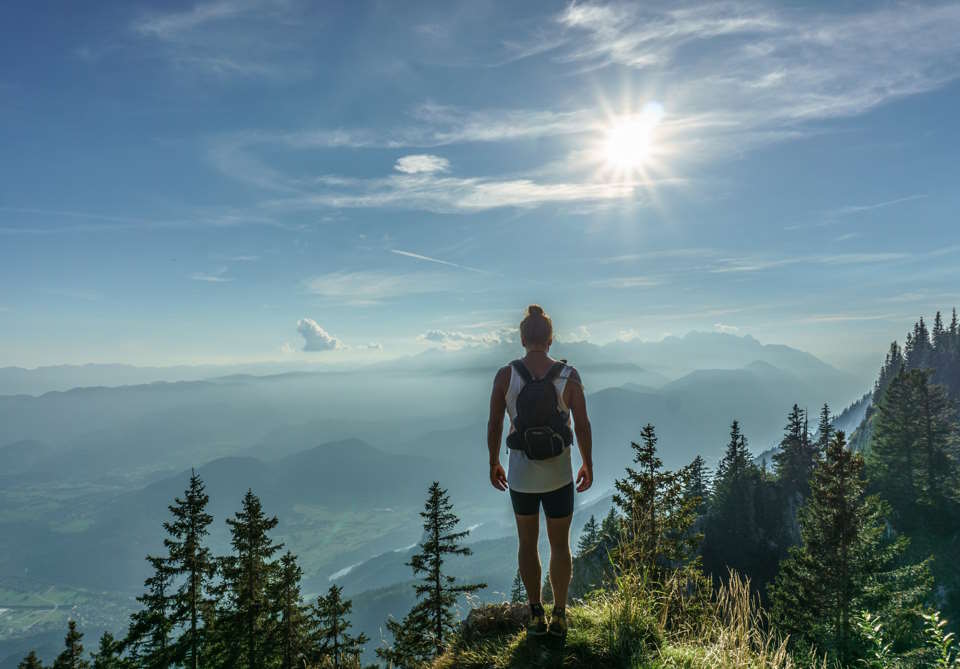Summer is the perfect time to go hiking and enjoy the beauty of nature. But as much as it is exciting, it can also be a daunting task to decide what to wear while hiking in the summer season. From clothing to footwear, everything needs to be comfortable and appropriate to avoid discomfort and injuries during the hike. That’s why we’ve compiled this to help you decide on the best clothes and shoes to wear for hiking in summer, as well as some tips on the colors that work best on the trails. So get ready, put on your hiking gear, and let’s head out to the trails!
Introduction
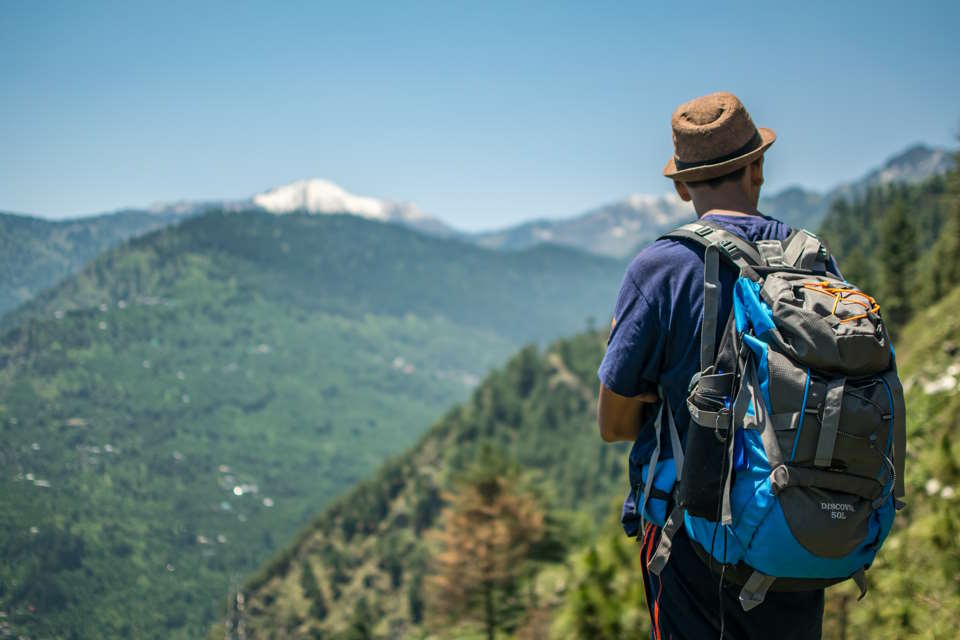
When it comes to hiking in the summer, it’s important to wear clothing that is both comfortable and functional. The hot weather can make it challenging to find the right outfit, but choosing the right materials and styles can make all the difference in your hiking experience.
What fabrics should you look for?
Synthetic fabrics are your best bet when it comes to summer hiking. These materials are lightweight, quick-drying, and breathable, making them ideal for hot weather. Look for clothes made from polyester, nylon, or spandex. Avoid cotton as it retains moisture and can make you feel damp and uncomfortable.
- Polyester: lightweight, durable, and dries quickly.
- Nylon: strong and abrasion-resistant, and also dries quickly.
- Spandex: adds stretch and flexibility to your clothing.
What clothing should you wear?
Choose clothes that are loose-fitting and allow for plenty of ventilation. You want air to circulate around your body to keep you cool. Opt for shorts or lightweight pants that are made from quick-drying materials. Wear a moisture-wicking t-shirt or tank top to keep sweat away from your body. A hat with a brim will protect your face and neck from the sun.
- Quick-drying shorts or lightweight pants
- Moisture-wicking t-shirt or tank top
- Hat with a brim
What footwear should you choose?
Choose hiking shoes or boots that are comfortable, breathable, and provide good support. Look for shoes with a mesh upper to allow for airflow. Make sure the shoes have good traction to prevent slipping on uneven terrain. If you’re going on a longer hike, consider wearing socks made from merino wool. These will help keep your feet dry and prevent blisters.
| Hiking Footwear Checklist |
|---|
| Comfortable and breathable shoes or boots |
| Mesh upper for airflow |
| Good traction for uneven terrain |
| Merino wool socks for longer hikes |
What Are the Best Clothes for Hiking in Summer?

Summer is the perfect time for hiking, but it’s essential to choose the right clothes before you hit the trails. The right clothes can make your hiking experience more comfortable and enjoyable. So, what are the best clothes for hiking in summer?
- Moisture-wicking clothing: When you’re hiking in the summer, you’re bound to sweat, and it’s important to wear clothes that can wick away moisture. Synthetic materials like polyester and nylon are great for this. They dry quickly and don’t absorb sweat, so you won’t feel weighed down.
- Lightweight and breathable: It’s important to wear clothes that are lightweight and breathable, especially when you’re hiking in hot weather. Choose clothes that are loose-fitting and allow your skin to breathe.
- Sun protective clothing: When you’re hiking in the summer, you’ll be exposed to the sun’s harmful rays, so it’s important to wear clothing that provides sun protection. Look for clothes that are labeled with UPF (Ultraviolet Protection Factor) ratings. The higher the UPF rating, the more protection the clothing provides.
When you’re choosing your hiking clothes, consider the type of hiking you’ll be doing and the weather conditions you’ll be facing. If you’re doing a short hike on a flat trail, you might be able to get away with wearing a t-shirt and shorts. However, if you’re doing a more strenuous hike, you might want to wear pants and a long-sleeved shirt to protect your skin from scratches and insect bites.
| Best Fabrics for Summer Hiking: | Worst Fabrics for Summer Hiking: |
|---|---|
|
|
What Shoes Should I Wear for Hiking in Summer?
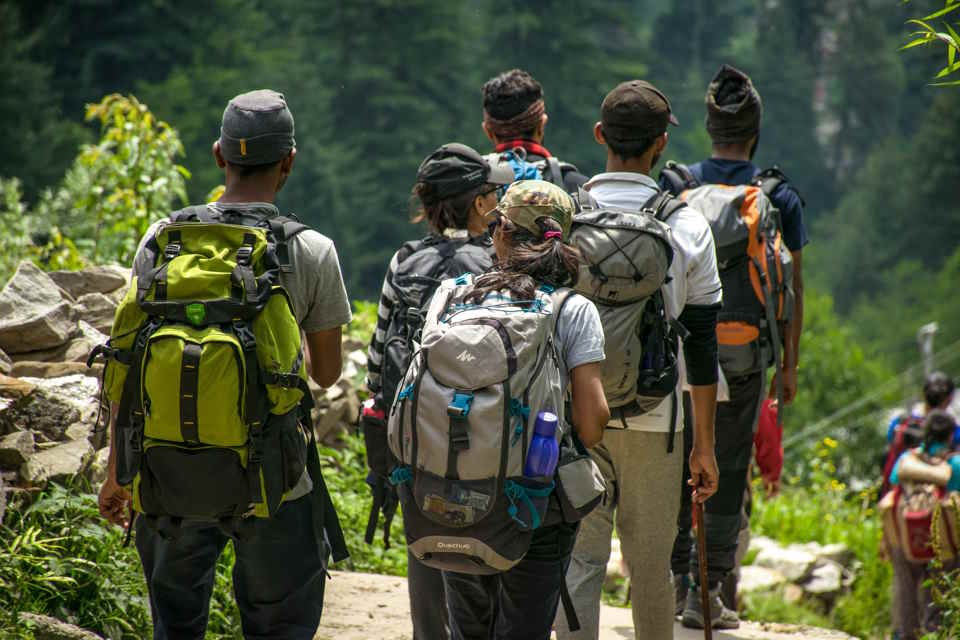
Summer is the perfect time to go hiking. The weather is warm, the sun is shining, and nature is calling. One of the most important things to consider when preparing for a summer hike is your footwear. Choosing the right shoes can make all the difference in comfort and safety on the trails.
First and foremost, make sure your shoes are comfortable and fit well. Hiking shoes should have ample cushioning and support, as well as a sturdy sole with good traction. Look for shoes made with breathable materials such as mesh to help keep your feet cool and dry. It’s also important to choose shoes that are appropriate for the terrain you’ll be hiking on, whether it’s rocky, uneven, or muddy.
-
- Trail Runners:
For easy day hikes on well-maintained trails, trail runners are a good choice. They are lightweight, flexible, and provide enough support for a few hours of hiking. Trail runners are also a good choice for those who prefer a minimalist shoe.
-
- Hiking Boots:
For more challenging terrain or longer hikes, hiking boots are a better choice. They provide more ankle support and protection and are generally more durable. Hiking boots are also a good choice if you’ll be carrying a heavy backpack or hiking in wet conditions.
-
- Hiking Sandals:
For hikes in hot weather or water crossings, hiking sandals are a good choice. They provide ventilation and allow your feet to breathe while still providing ample support and protection. Hiking sandals are also a good choice for those who prefer not to wear socks.
Regardless of which type of shoe you choose, be sure to break them in before your hike to ensure they fit well and won’t cause blisters or discomfort. Remember that proper footwear is one of the most important pieces of gear for any hiking adventure, so take the time to choose wisely and invest in a good pair of shoes.
Should I Wear Pants or Shorts for Hiking in Summer?
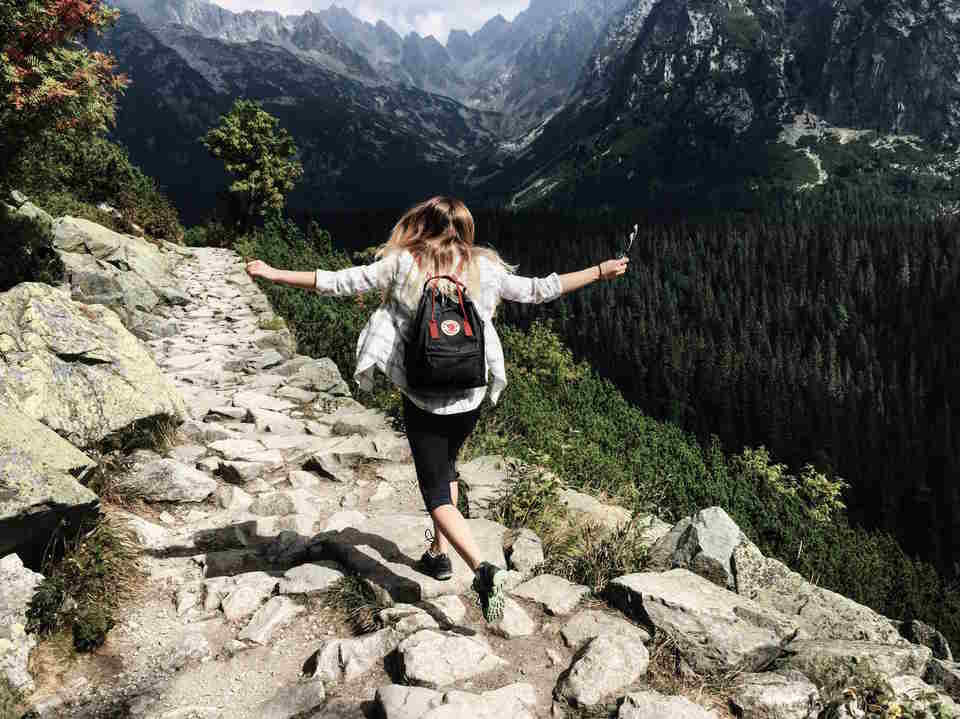
When it comes to hiking in summer, one of the biggest questions people often ask is whether they should wear pants or shorts. This is a valid concern, as both options have their pros and cons. The decision ultimately comes down to personal preference, the type of terrain you will be hiking on, and the weather conditions.
If you’re going on a hike in an area with tall grass, thick brush, or potentially dangerous wildlife, wearing pants may be the safer option. Long pants can protect your legs from cuts, scrapes, and insect bites. They also shield your skin from the sun, which can be particularly important on longer hikes. Additionally, pants with zip-off legs can be a versatile choice, allowing you to switch to shorts if you start to feel too warm.
- Long pants can protect your legs from cuts, scrapes, and insect bites.
- They also shield your skin from the sun, which can be particularly important on longer hikes.
- Pants with zip-off legs can be a versatile choice, allowing you to switch to shorts if you start to feel too warm.
On the other hand, shorts are often more comfortable and breathable in hot weather. They allow your legs to breathe and cool down, which can be crucial on strenuous uphill hikes or in humid conditions. However, it’s important to keep in mind that shorts may leave your legs vulnerable to scratches, bites, and sunburn. You can protect your skin by wearing high socks and applying sunscreen to exposed areas.
| Pants | Shorts |
|---|---|
| Pros: Protection, versatility (zip-off legs) | Pros: Comfort, breathability |
| Cons: Can be hot, heavy | Cons: Can leave legs vulnerable to scratches, bites, sunburn |
Ultimately, the decision of whether to wear pants or shorts for hiking in summer comes down to your personal comfort and preference, as well as the conditions of the specific trail. Some hikers may prefer to bring both, wearing pants for areas with dense foliage and switching to shorts for more open terrain. Others may opt for one or the other based on their typical hiking conditions.
Whichever you choose, be sure to wear proper hiking footwear and bring plenty of water to stay hydrated on the trail. With the right preparation and gear, you can have an enjoyable and comfortable hiking experience in any season.
What Are the Best Colors for Summer Hiking?
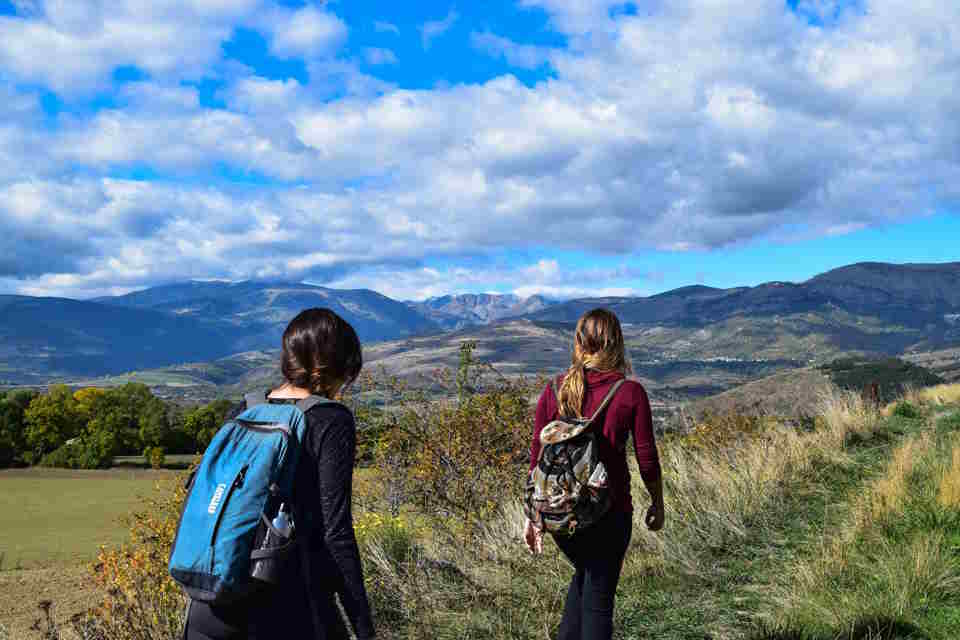
Choosing the right color for your hiking attire can make a huge difference in your overall experience. Not only does it affect how you look, but it can also impact your comfort and safety levels. There are a few things to consider when deciding what colors to wear for summer hiking.
First and foremost, it’s important to choose colors that can protect you from the sun. Lighter colors such as white, beige, and pastels are great choices as they reflect the sun’s rays instead of absorbing them. This can help keep you cool and prevent sunburns. On the other hand, darker colors like black and navy can absorb the sun’s rays and make you feel hotter.
Another thing to consider is the terrain and environment you’ll be hiking in. If you’re going to be in a heavily wooded area, it’s best to wear earthy tones like greens and browns to blend in with the surroundings and avoid standing out to wildlife. If you’re hiking in a desert environment, lighter, more neutral colors like khaki and beige are the way to go.
- White, beige, and pastels can reflect the sun’s rays
- Darker colors like black and navy can absorb the sun’s rays and make you feel hotter
- Earthy tones like greens and browns are best for heavily wooded areas
- Lighter, more neutral colors like khaki and beige are best for desert environments
Lastly, it’s important to remember that brighter colors can be helpful for safety reasons. If you’re hiking in an area with hunters or other potentially dangerous situations, wearing bright colors like neon or reflective gear can help you stand out and avoid potential accidents.
| Color | Terrain/Environment |
|---|---|
| White, beige, pastels | Reflect sun’s rays, suitable for any terrain |
| Greens, browns | Earthy tones blend in with heavily wooded surroundings |
| Khaki, beige | Lighter, neutral colors suitable for desert environments |
| Neon or reflective gear | Helpful for safety purposes in potentially dangerous situations |
In conclusion, the best colors for summer hiking depend on various factors like sun protection, terrain and environment, and safety concerns. By considering these factors, you can choose the perfect colors to enhance your hiking experience.

